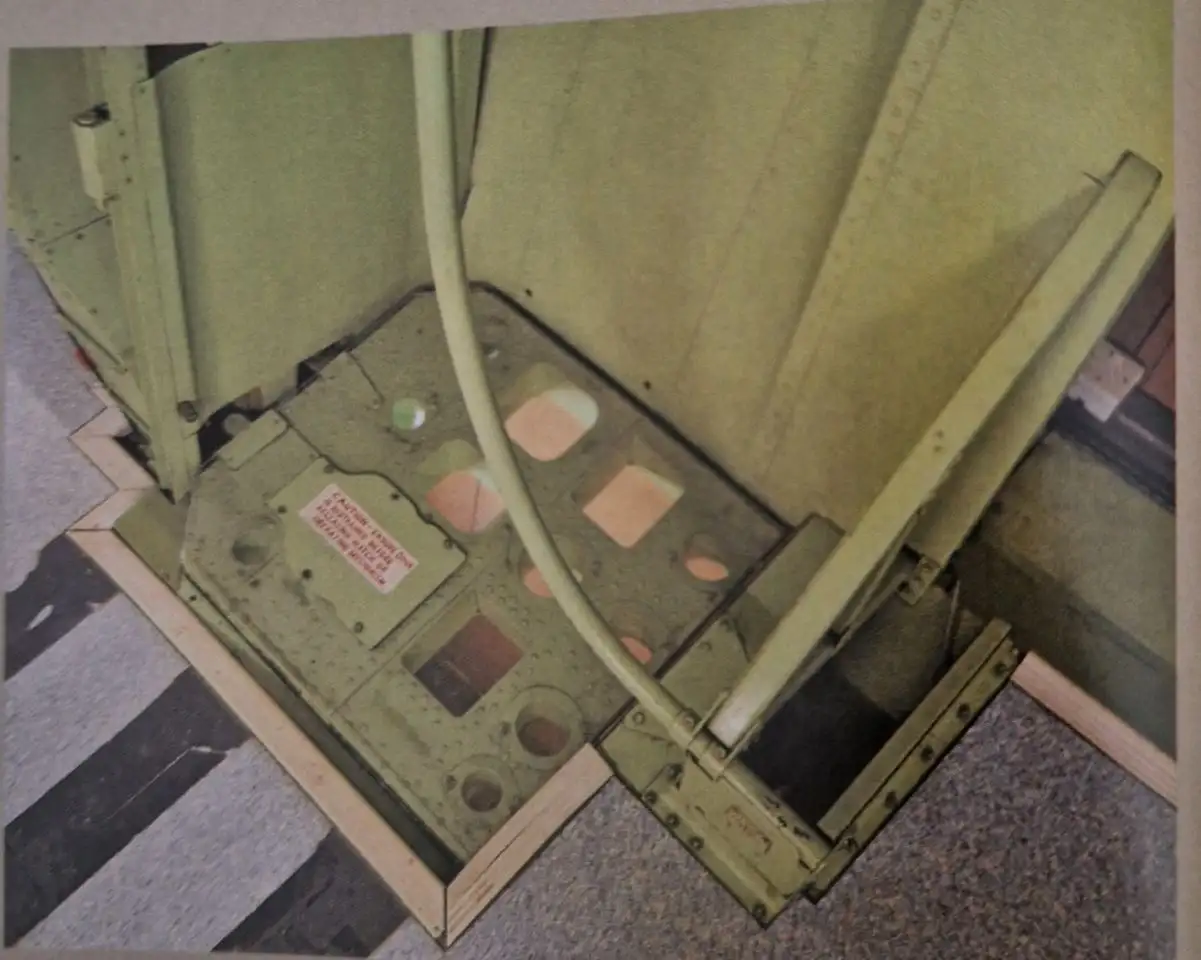A 20th century icon
A wonder of innovation and a 20th-century icon – Concorde pushed the boundaries of speed, technology, and luxury. The magnificent white bird, traveling at twice the speed of sound between London and New York, represented the pinnacle of commercial air travel.
When it first took to the skies in 1969 its systems were the most refined and complex ever seen, its pointed nose, slender fuselage and delta wing gave it the appearance of an arrow aimed at the horizon and it went faster than a rifle bullet.
The aircraft entered service in 1976 and continued flying for the next 27 years. Concorde, which was jointly developed and manufactured by Aérospatiale and the British Aircraft Corporation (BAC) under an Anglo-French treaty, was built in twenty samples including six prototypes and development aircraft.
The last resort
As explained in the bookazine – Concorde Supersonic Speedbird – The Full Story, while it was hoped that the early test flights of Concorde would go off without a hitch this was by no means guaranteed.

In the event of a catastrophic failure there were no ejection seats for the crew and observers but there were parachutes. Still, getting out of such a large fast jet alive was a task fraught with danger.
The only way out with even a chance of success was an escape hatch built into the floor of all prototype and pre-production Concordes. This was held closed by explosive bolts which could be blown in an emergency.
Concorde crews could jump out via escape hatch
Flight crew and observers were usually wearing pressure suits and helmets but even with these the chances of walking away from an out of control Concorde would have been extremely slim.
Even during level flight at relatively low attitude getting out would have been problematic. Blowing the hatch at 50,000ft would have caused the cabin to depressurize and the aircraft to climb dramatically. At this altitude there was very little chance of survival no matter what sort of gear you were wearing.
Concorde Supersonic Speedbird – The Full Story is published by Mortons Books and is available to order here.
Photo by Richard Vandervord via Wikipedia

